- Description
- Reviews (0)
Description
Strawberry Rasbora
The Strawberry Rasbora (Boraras naevus) is a captivating nano fish renowned for its vivid coloration and peaceful demeanor. Native to Southeast Asia, particularly Thailand, Malaysia, and Sumatra, it thrives in aquariums that replicate its natural habitat.
🐠 Appearance & Size
-
Size: Typically reaches about 0.7 inches (1.8 cm) in length.
-
Coloration: Males exhibit a vibrant red body with a prominent black spot near the tail, especially during breeding. Females are slightly larger and have a more subdued coloration.
🌿 Habitat & Tank Setup
-
Tank Size: A minimum of 5 gallons (19 liters) is suitable for a small group, but a 10-gallon or larger tank is recommended to accommodate a school and provide stable water conditions.
-
Water Parameters:
-
Temperature: 72–79°F (22–26°C)
-
pH: 5.0–7.0 (slightly acidic)
-
Hardness: Very soft to moderately soft (1–8 dGH)
-
-
Filtration & Flow: Utilize a gentle sponge or internal filter with low flow, as strong currents can stress them.
-
Aquascaping: Incorporate fine gravel or sand substrate, dense planting, floating plants, and leaf litter to mimic their natural environment.
🐟 Behavior & Social Needs
-
Temperament: Peaceful and shy; best kept in groups of at least 6, with 12 or more being ideal to encourage natural schooling behavior.
-
Tank Mates: Compatible with other small, peaceful species like Ember Tetras, Sparkling Gouramis, and dwarf shrimp. Avoid larger or aggressive fish that may outcompete them for food.
🥗 Diet
-
Diet: Omnivorous; prefers a carnivorous diet.
-
Foods: High-quality micro-pellets, finely crushed flakes, and live or frozen foods such as daphnia, baby brine shrimp, microworms, and finely chopped bloodworms.
-
Feeding Frequency: Feed 1–2 times per day with small portions they can consume within a few minutes.
🧬 Breeding
-
Breeding Behavior: Egg scatterers; both parents may consume the eggs, so it’s advisable to remove them after spawning.
-
Breeding Setup: Use a separate tank with fine-leaved plants or spawning mops. Maintain a slightly higher temperature and provide low light conditions.
-
Fry Care: Eggs hatch in 24–36 hours; fry can be fed infusoria or commercial fry foods until large enough to eat baby brine shrimp or microworms.
🧼 Care Tips
-
Water Quality: Maintain stable water conditions with regular water changes to prevent stress and disease.
-
Tank Maintenance: Avoid overfeeding and remove any uneaten food promptly to maintain water quality.
-
Lighting: Provide low to moderate lighting; floating plants can help diffuse light and create a more natural environment.
Only logged in customers who have purchased this product may leave a review.


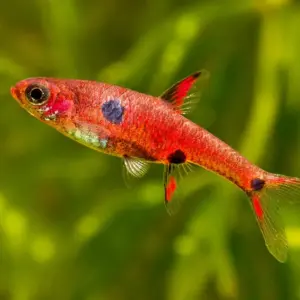
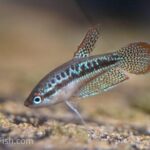
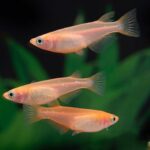
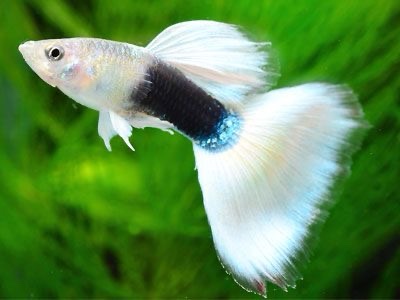
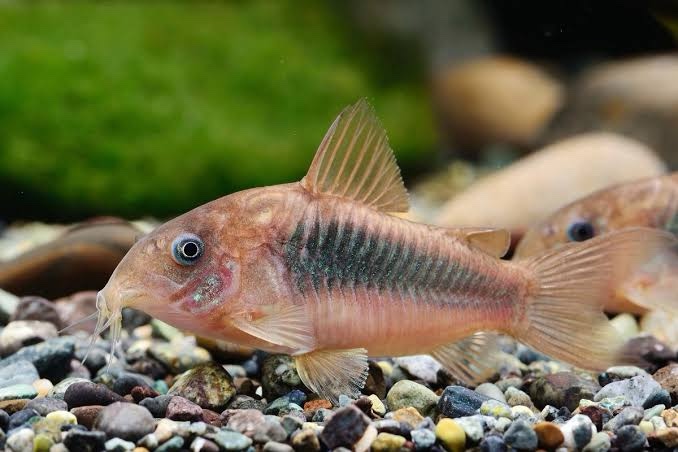
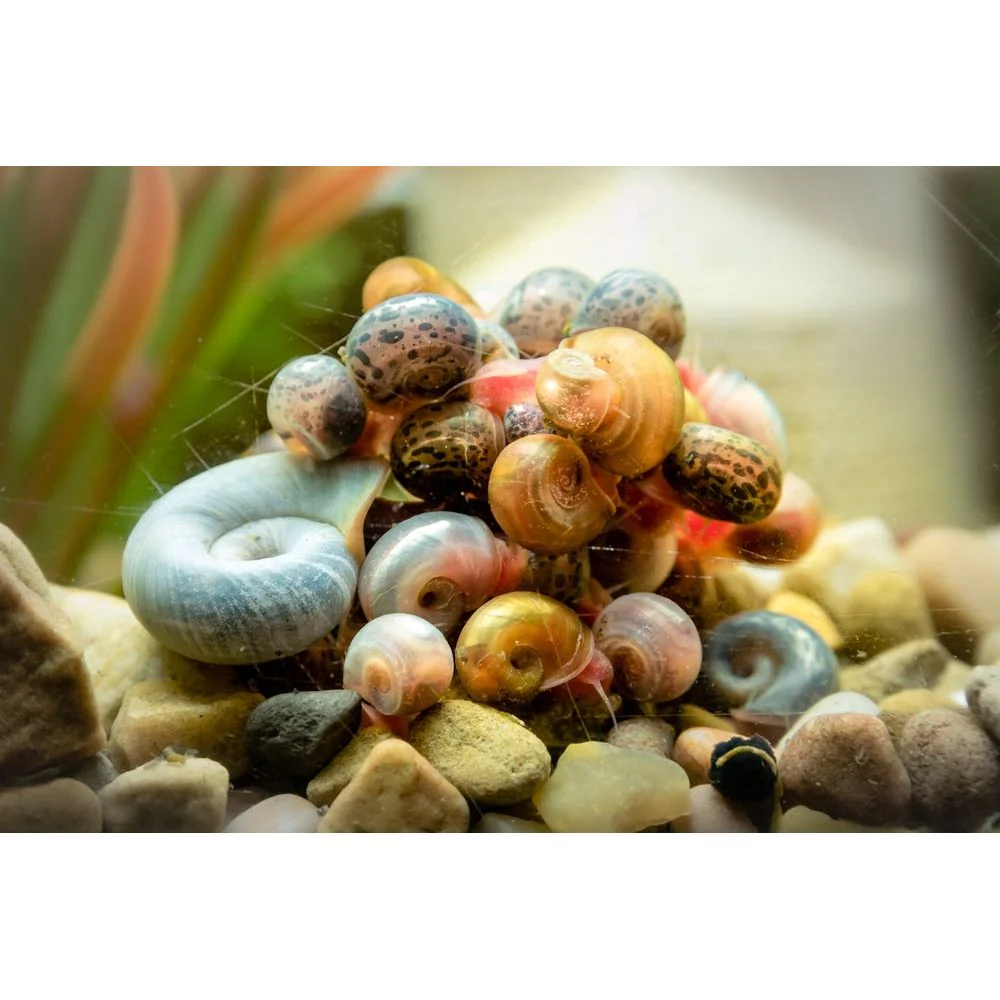
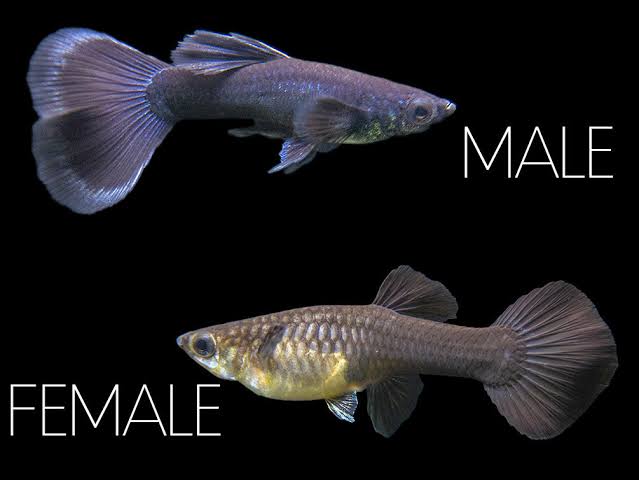
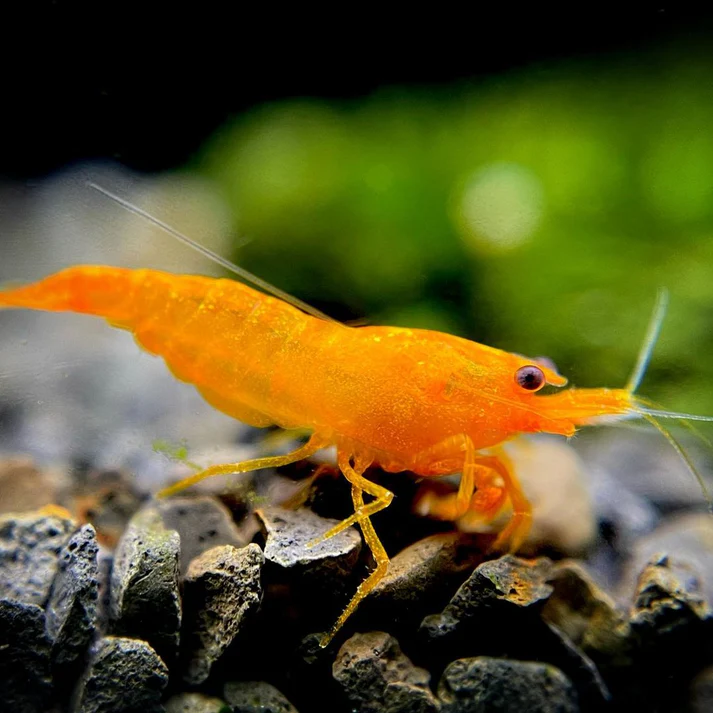
Reviews
There are no reviews yet.